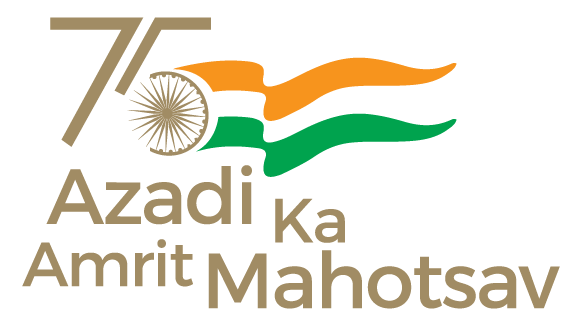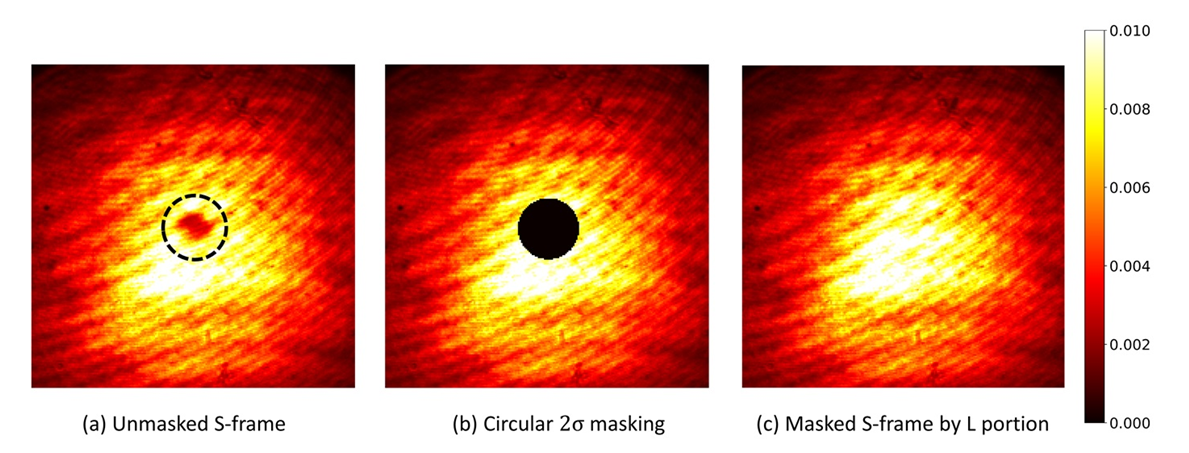Ministry of Science & Technology

New algorithm can produce better images to study ultracold atoms that exhibit quantum mechanics governed properties
Posted On: 06 FEB 2024 11:13AM by PIB Delhi
Scientists have designed a new image-correction technique capable of getting better images during the study of cold atoms or atoms at absolute zero temperature.
The technique can get rid of 50 percent unwanted interference fringes in the images which are important for understanding the intriguing quantum mechanics governed properties of atoms at cold temperature better.
At low temperatures near absolute zero, original properties of atoms based on classical mechanics are replaced and then governed by the laws of quantum mechanics. They hold potential to offer a possibility to study and better understand the atomic properties at such low temperatures.
The commonly used techniques for the study of ultracold atoms is by deploying magneto-optical traps with high-power laser cooling techniques. Cold atoms of elements like sodium, potassium, rubidium are commonly studied. Detection techniques, namely the fluorescence, absorption or phase-contrast imaging techniques are used. Of these, the imaging through fluorescence or absorption techniques are widely used.
However, the images obtained using these techniques often suffer due to unwanted interference fringes which are unwanted dark-bright patterns imprinted on the actual images, thus lowering the quality of results obtained. The presence of unwanted interference fringes has the potential to derail the accurate calculation of important parameters — the atom number, temperature, dynamics in smaller timescales, etc.
In order to address this interference problem, a research group at the Raman Research Institute (RRI), an autonomous institute of the Department of Science and Technology has developed an image-correction solution.
The newly developed algorithm is based on the existing eigen-face recognition coupled with smart masking technique aimed to obtain images with minimal interference fringes. This eigen-face recognition is quite similar to finding a correct image of a person or an object from a group of images based on objects features. Our cell phones use this as a base technology, however modern-day smartphones have modified this with additional machine-learning based technology to improve the feature, but the idea remains the same.
“While dealing with the cold atoms, it is necessary to calculate the Optical Density (OD) from which one can determine the temperature, size, density and other useful parameters,” said Gourab Pal, a PhD student at the QuMix lab, RRI.
In this algorithm, researchers need to calculate an important parameter known as the Optical Density, which is the logarithmic subtraction of two frames — one containing the cold cloud (denoted as S) and other is the probe light (denoted by L).
Under ideal circumstances, both the L and S frames have identical interference fringes, which when logarithmically subtracted result in the removal of fringes.
“But in reality, while working in lab, these frames do not showcase identical interference fringes, making the situation challenging and requiring a de-fringing method to obtain a clean Optical Density,” explained Pal, who is first author of the paper titled ‘Efficient denoising of cold atom images using optimised eigenface recognition algorithm’.
In the paper published recently in the journal Applied Optics, RRI team has claimed that the proposed technique could reduce the interference fringes in the absorption imaging of cold atoms by nearly 50 percent. In addition, there was a marked improvement, of the order of 50 percent, obtained in the temperature uncertainties in cold Rubidium atoms, when this algorithm was applied.
Scientists argue that the absorption imaging technique is popular in the cold atom community and has a wide range of applications.
“This is particularly useful where the number of atoms is fewer. Absorption imaging can be used to find the density profile of cold and ultracold atoms. In this technique, we find the temperature of a cold atom cloud via time-of-flight measurements. The basic of the quantum gas microscopy is the absorption imaging. In addition, this method is used to perform in-situ measurements of trapped atoms,” said co-author of the paper, Saptarishi Chaudhuri, head QuMix laboratory, RRI.
The absorption imaging technique is best suited when atom numbers under study are small. Thereby, it can be deployed to calculate the density profile of cold and ultracold atoms and the temperature of a cold atom cloud via time-of-flight measurements.
Publication link – https://opg.optica.org/ao/abstract.cfm?uri=ao-62-33-8786

***
SNC/PK
(Release ID: 2002915) Visitor Counter : 46























